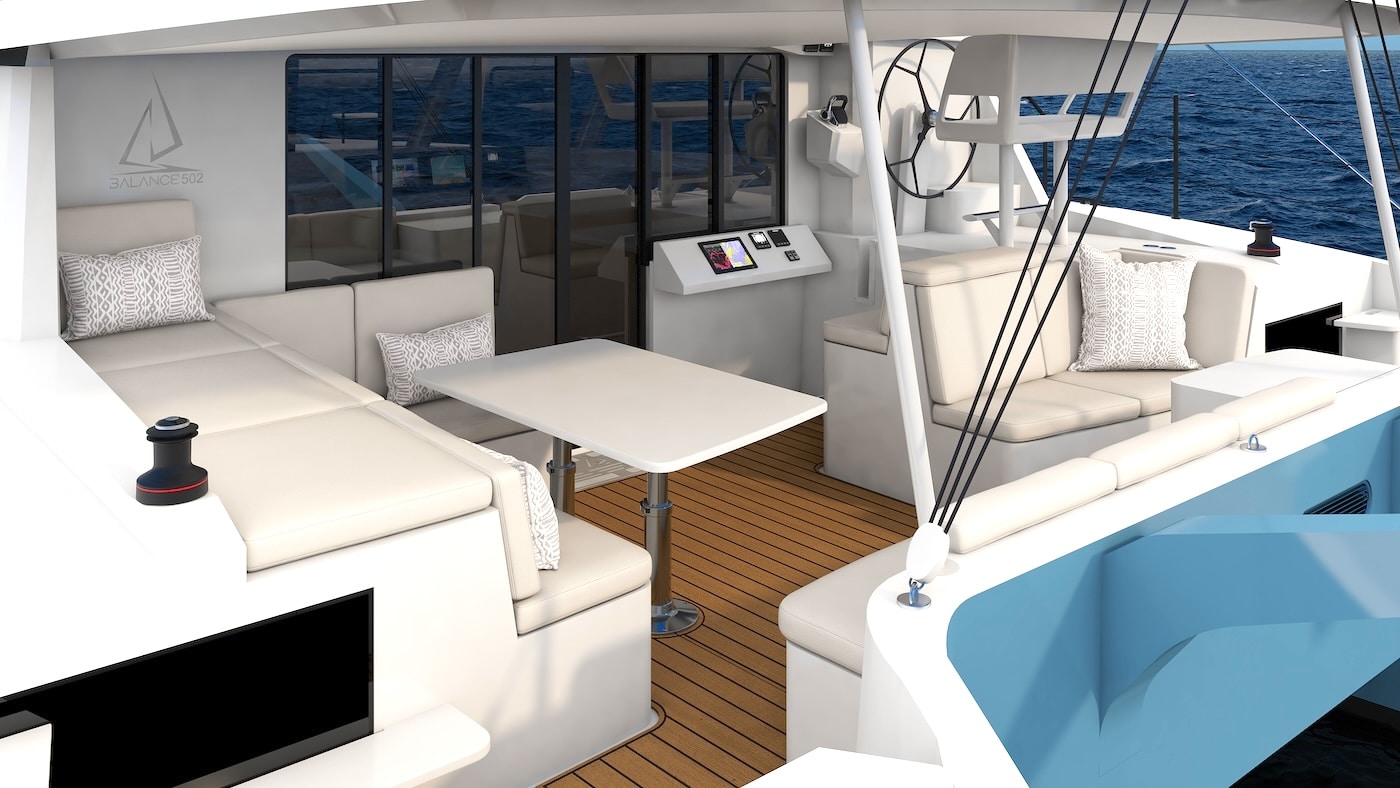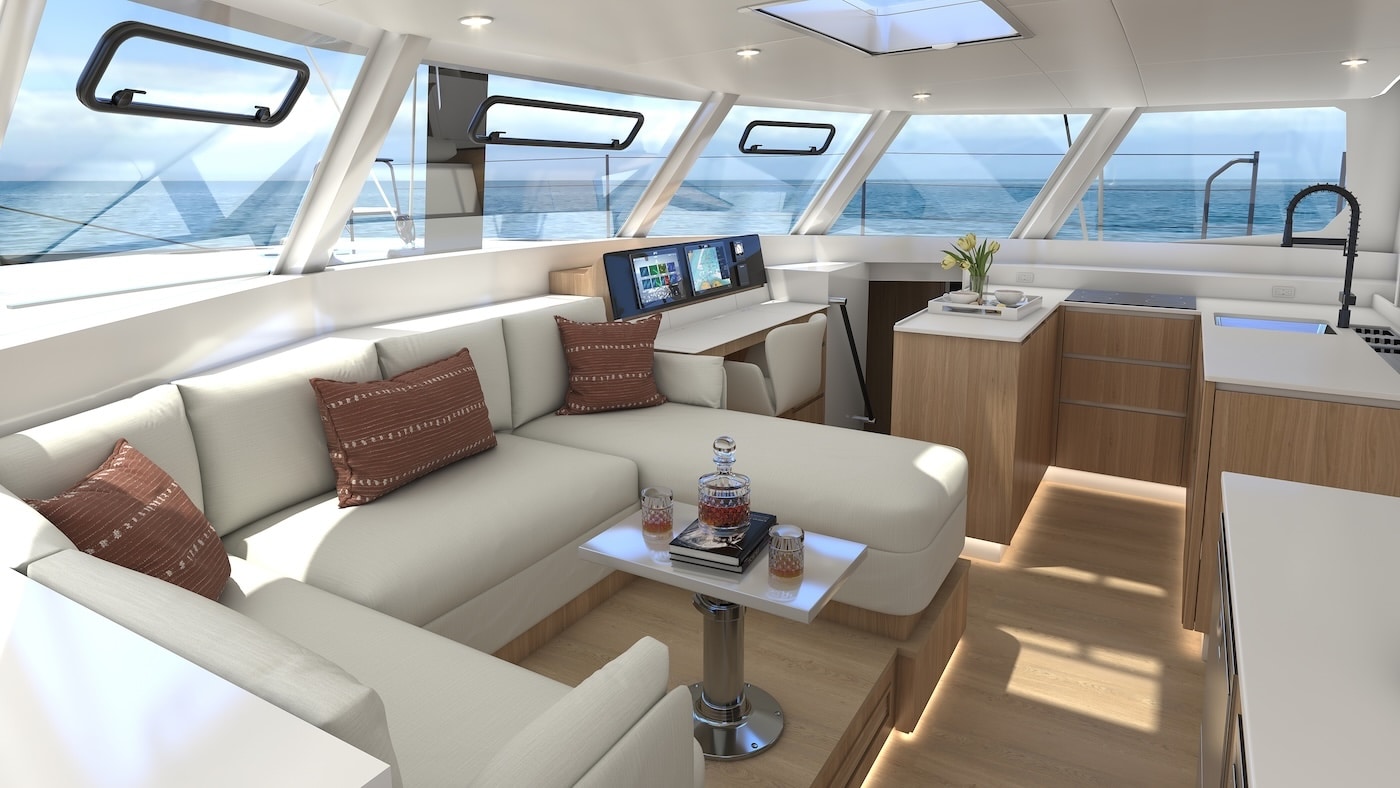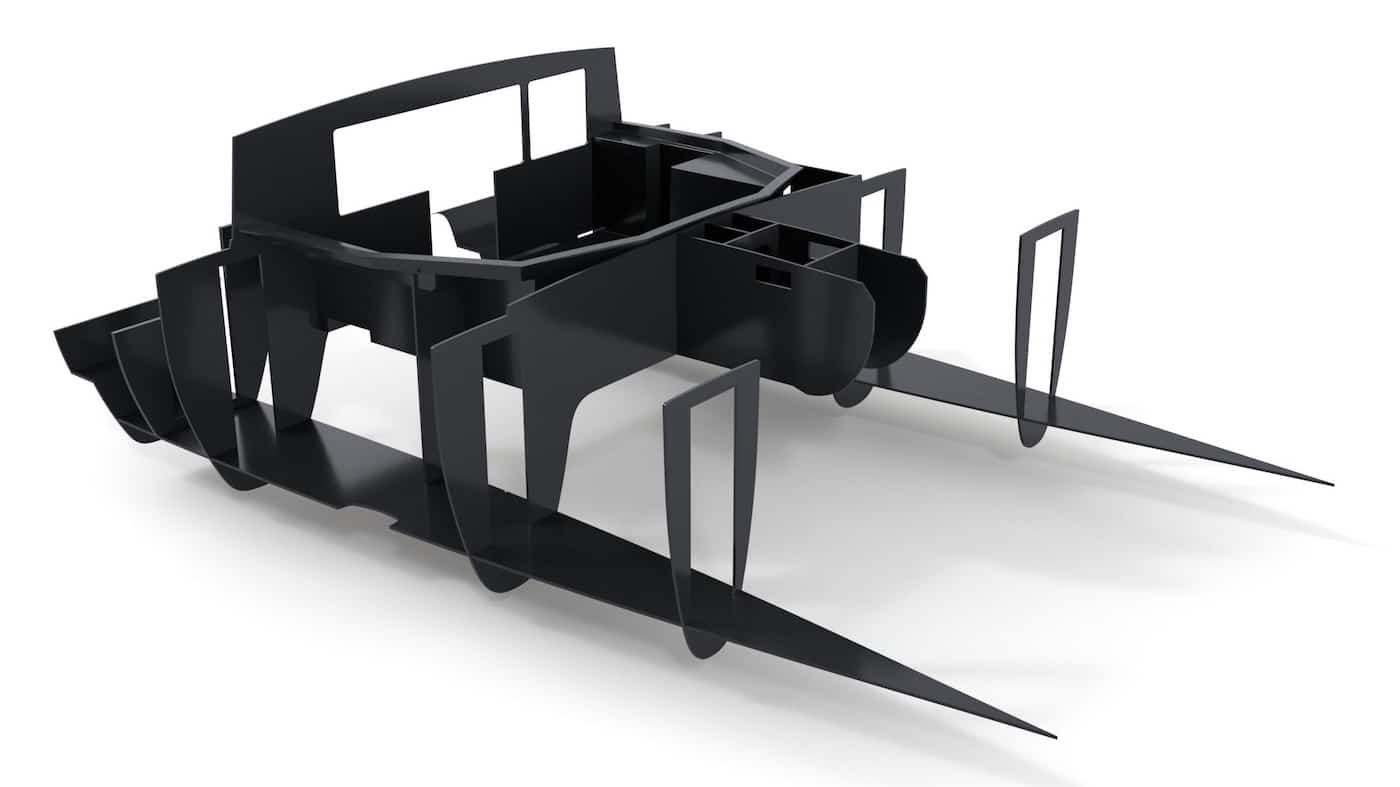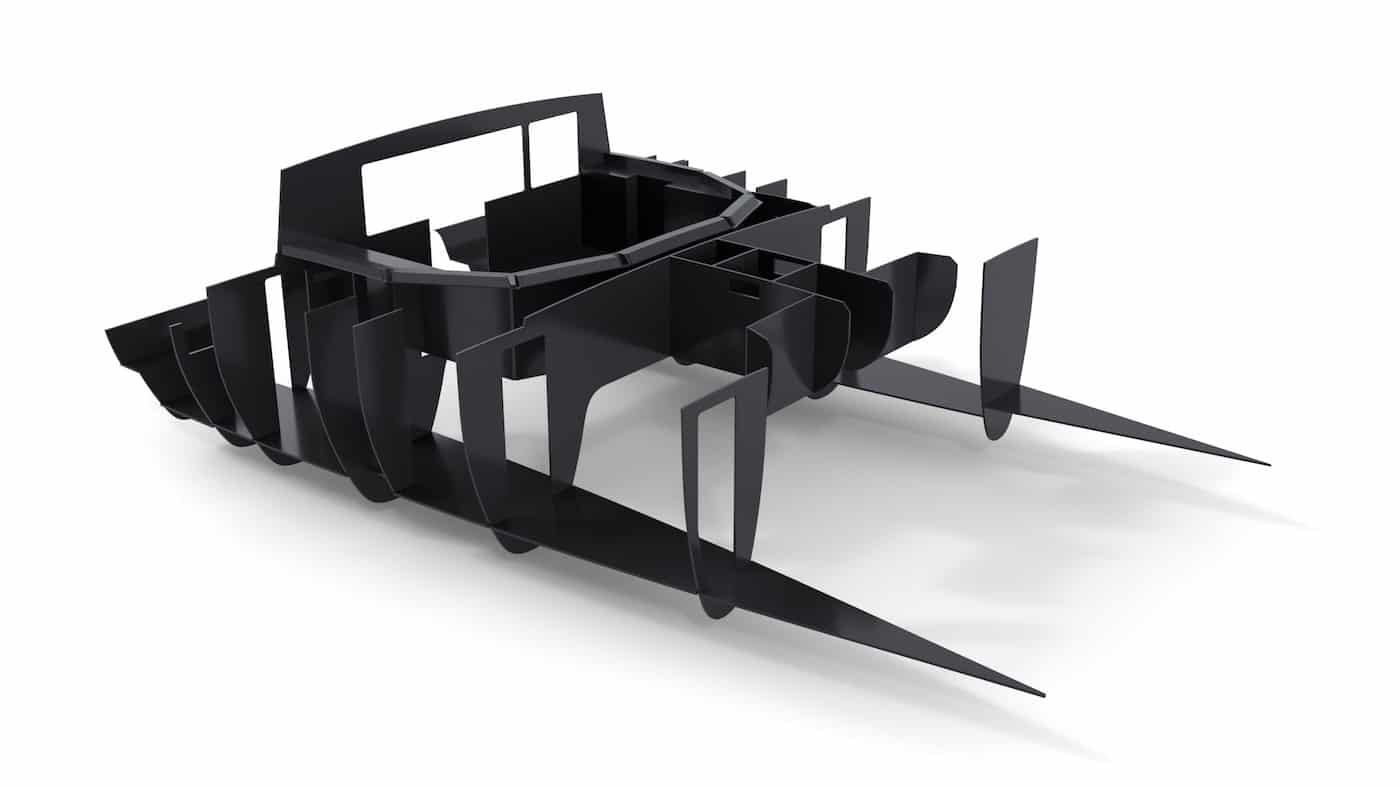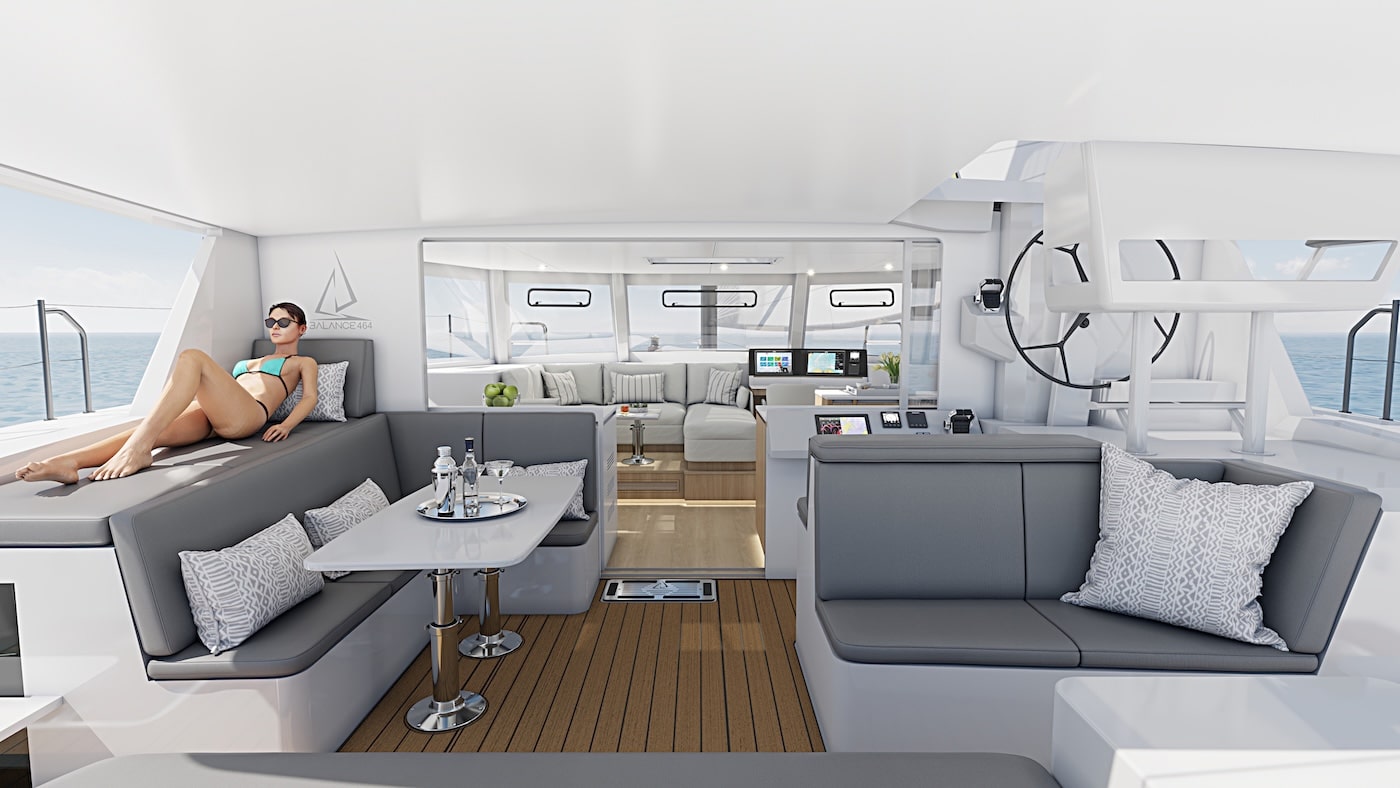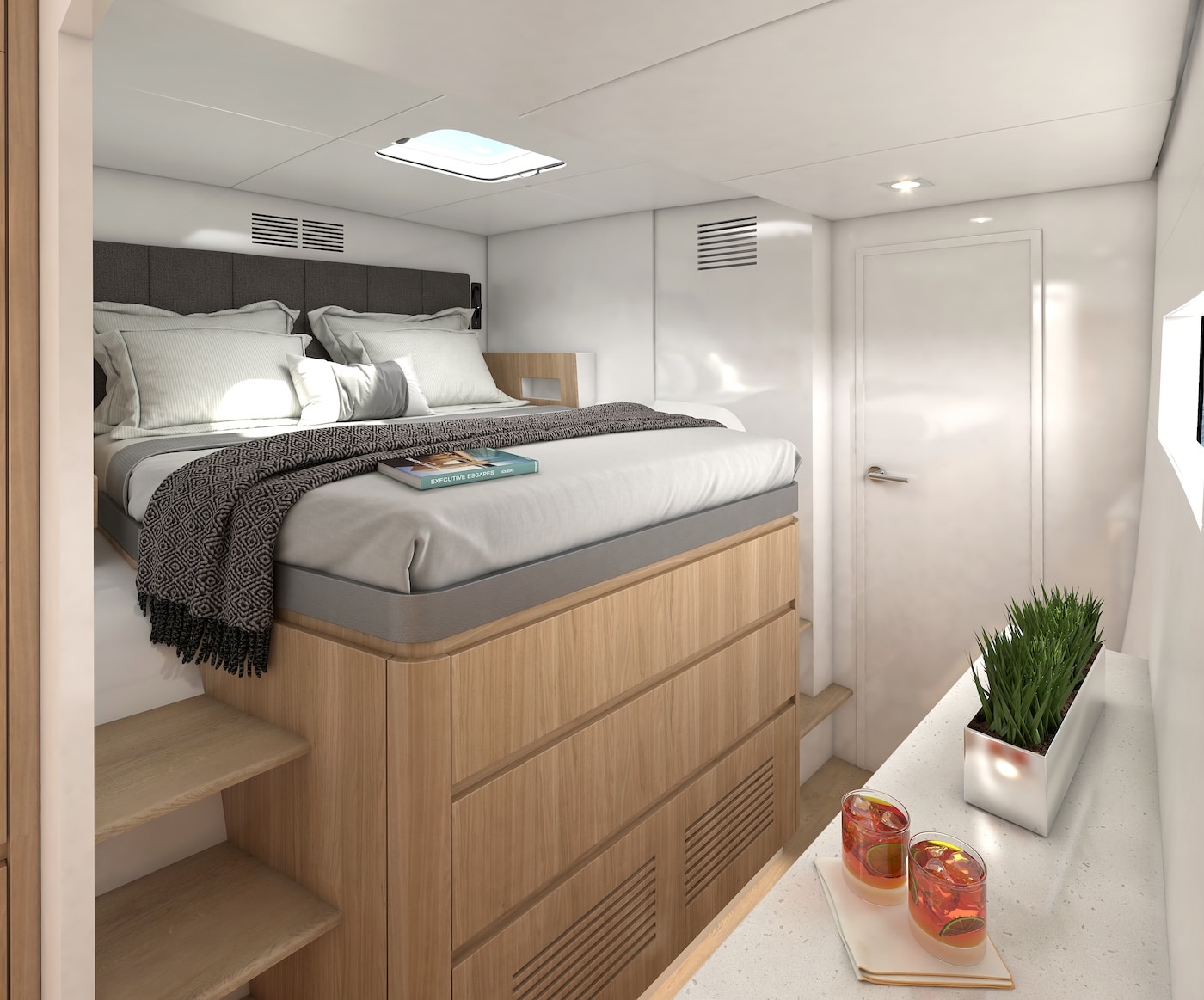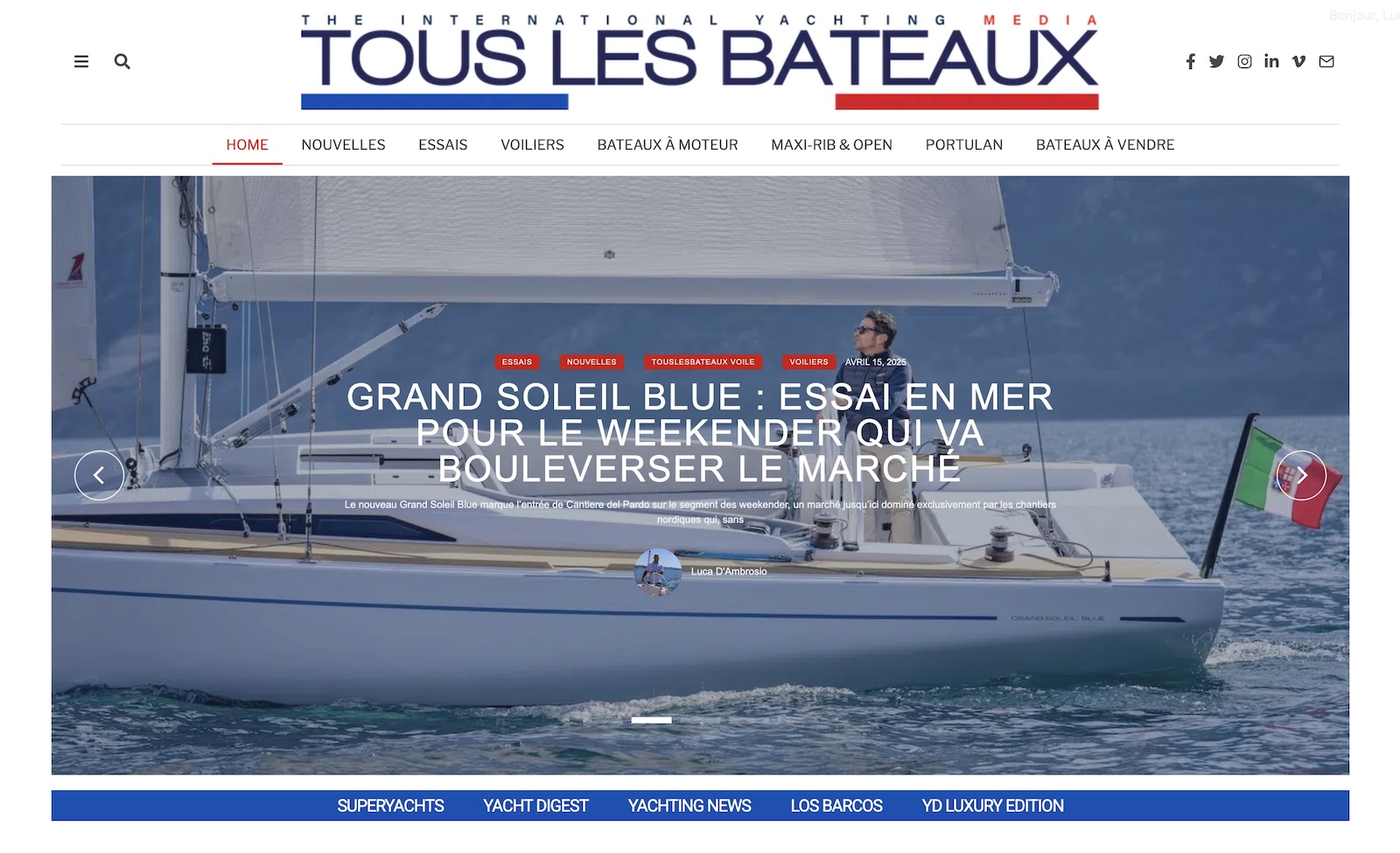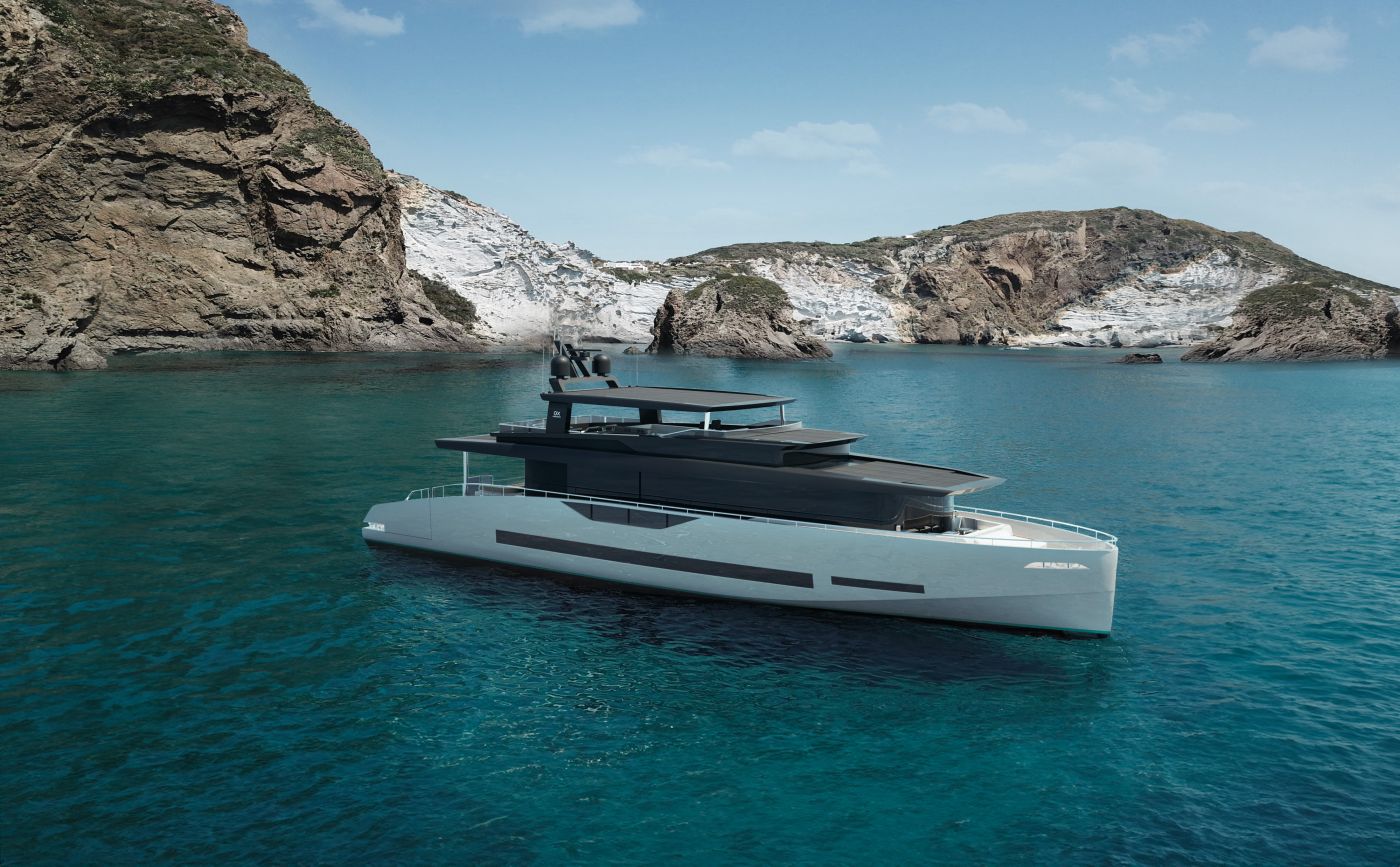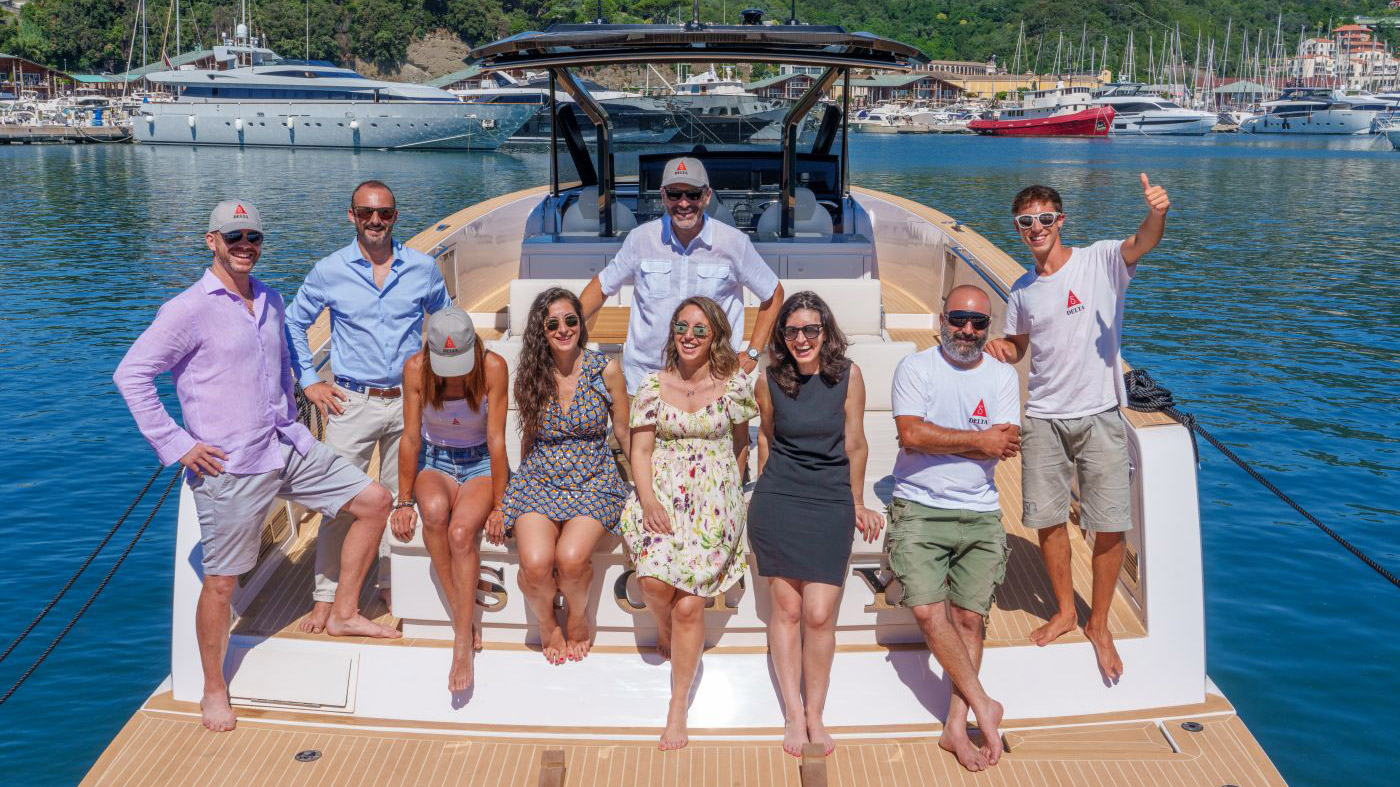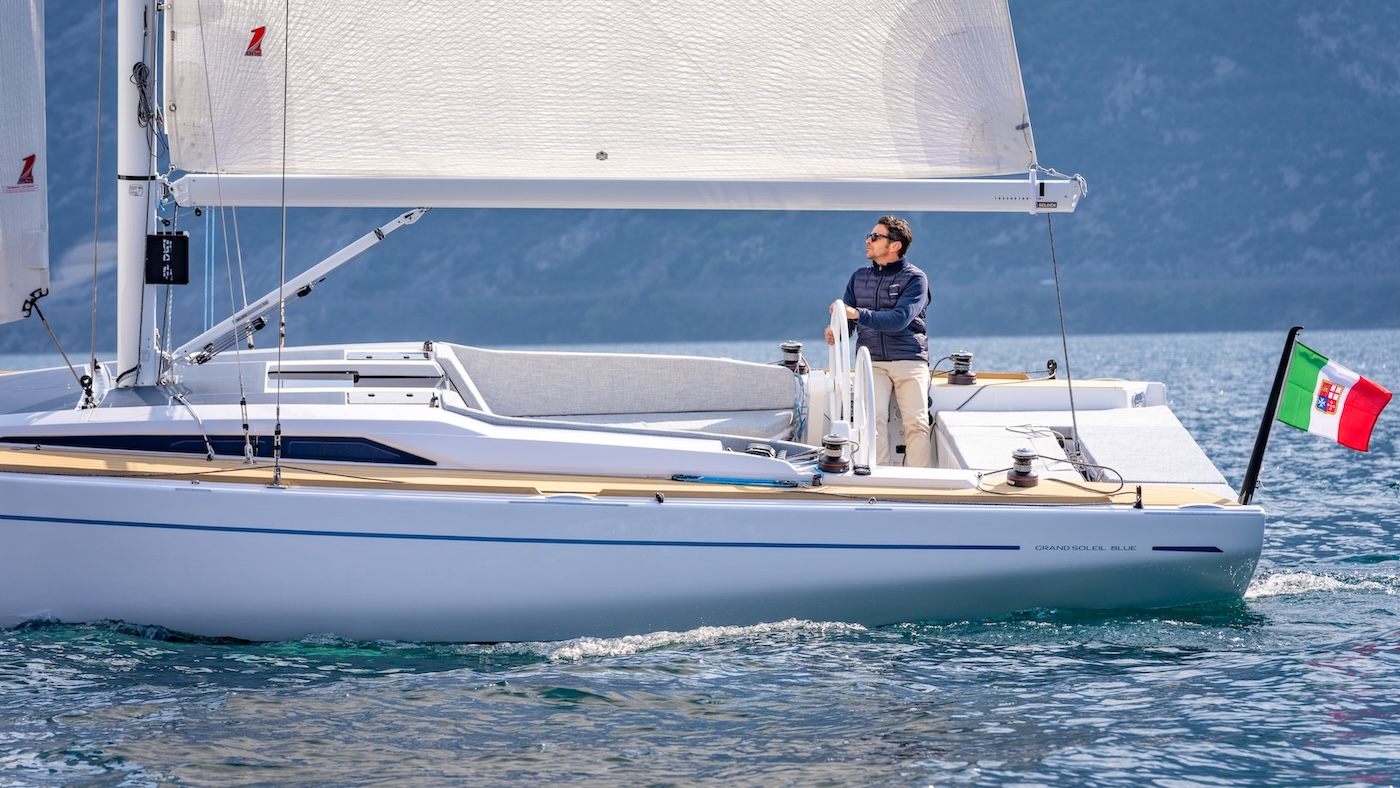Balance Catamarans introduces the new Balance 464 CC and Balance 502 CC, both available in a hybrid version.
Balance Catamarans made a grand appearance at the Annapolis Sailboat Show, showcasing two new models at the most important sailboat show in the United States. At this event, the South African shipyard also reinforced its leadership in the “performance catamarans” segment by displaying three of its fantastic sailing catamarans. This leadership is not only a result of the renowned build quality and performance that have made the shipyard famous but, above all, the continuous drive for innovation that Philip Berman, President of Balance Catamarans, and Anton du Toit, designer and naval architect, have accustomed us to. But let’s go step by step and discover together all the innovations these new Balance 464 CC and 502 CC models bring to the table.464 CC and 502 CC: numerous innovations
The design of the new catamarans took over a year and allowed for the integration of an innovative diesel-electric propulsion system, increased battery capacity, and the installation of numerous solar panels. The performance that Balance Catamarans is known for is guaranteed by an enhanced sail plan and a construction that features a carbon central structure. The entire project, which took more than a year of study, also enabled the optimization of weight distributionVersaDrive Hybrid system
The new Balance 464 CC and 502 CC have been specifically designed and engineered to accommodate a cutting-edge diesel-electric system called Integrel E-Drive, which holds great promise. Based on dual 45HP Yanmar engines, it can deliver up to 40hp of power for electric-mode sailing or generate 30kW of power.
The hybrid versions will be named VersaDrive Hybrid 502 CC and VersaDrive Hybrid 464 CC, though traditional engine versions are, of course, also available.
The carbon core of the new Balance 464 CC and Balance 502 CC
The central structure of the new Balance 464 CC and Balance 502 CC is built entirely from carbon fiber. Looking at the image, you’ll notice that all the crossbeams, bulkheads, chain plates, cabin soles, as well as the daggerboards and trunks, along with the rudders, are made entirely of carbon.
This new construction method allows for the creation of very sturdy and strong catamarans while significantly reducing weight. These qualities make these yachts extremely safe and incredibly fast.
Enhanced Sail Plan
The sail plan of the Balance 464 CC and 502 CC has been revised, with the forward crossbeam and bowsprit moved forward, increasing the J measurement. This allows for a larger sail area at the bow without losing the characteristic self-tacking jib. The mast has also been lengthened, resulting in an increased mainsail area. This design ensures fast catamarans capable of sailing quickly, even in light winds.
VersaStern
The long-standing issue of open sterns on catamarans has been solved. There’s no longer a need for makeshift solutions like “washboards” to prevent waves from entering the cockpit or to stop children from falling overboard. VersaStern is a simple yet ingenious system—a movable gate that is normally hidden in a recess and opens like a hatch to close off the stern when needed. Similarly, when docking, accessing the engines, or simply wanting to swim while anchored, it can be folded down to reopen the stern.
Hatches, windshield, and portholes of the new Balance 464 CC and 502 CC
The relationship with light and air on the new catamarans has significantly improved, offering a sense of spaciousness that extends the boundaries of the boat well beyond its physical limits. The rear hatch and windows have been enlarged, now creating a seamless connection between the exterior and interior, which also smartly enhances the ventilation of the living spaces.
The removal of the central windshield pillar has greatly improved forward visibility from the interior. This solution also allowed for the adoption of larger longitudinal portholes, which provide natural ventilation to the interiors when the catamaran is at anchor.
The ventilation of the forward cabins has also been improved, thanks to custom-made portholes that now allow not only for a greater airflow at anchor but can also be left open during rain.
In conclusion, these new Balance 464 CC and 502 CC have truly piqued my curiosity—I can’t wait to see them in person. How about you?
Technical Specs
Balance 464 CC | Balance 502 CC | |
LOA | 14.19 m | 15.25 m |
LWL | 14.19 m | 15.25 m |
Max Beam | 7.6 m | 7.9 m |
Min Draft | 1.14 m | 1.16 m |
Pescaggio massimo | 2.27 m | 2.27 m |
Mainsail | 79.76 m2 | 95.63 m2 |
Self-tacking jib | 37.69 m2 | 39.31 m2 |
Foretriangle | 123.7 m2 | 143.5 m2 |
Gennaker | 173.23 m2 | 217.9 m2 |
Reacher | 89.55 m2 | 97.46 m2 |
Minimum operating weight | 11,500 kg | 12,800 kg |
Maximum operating weight | 12,500 kg | 14,000 kg |
Fuel Tank Capacity | 2 x 400 l | 2 x 400 l |
Fresh Water Tank Capacity | 2 x 350 l | 2 x 390 l |
Black Water Tank Capacity | 2 x 42 l | 2 x 61 l |
Designers | Philip Berman & Du Toit Yacht Design | |

